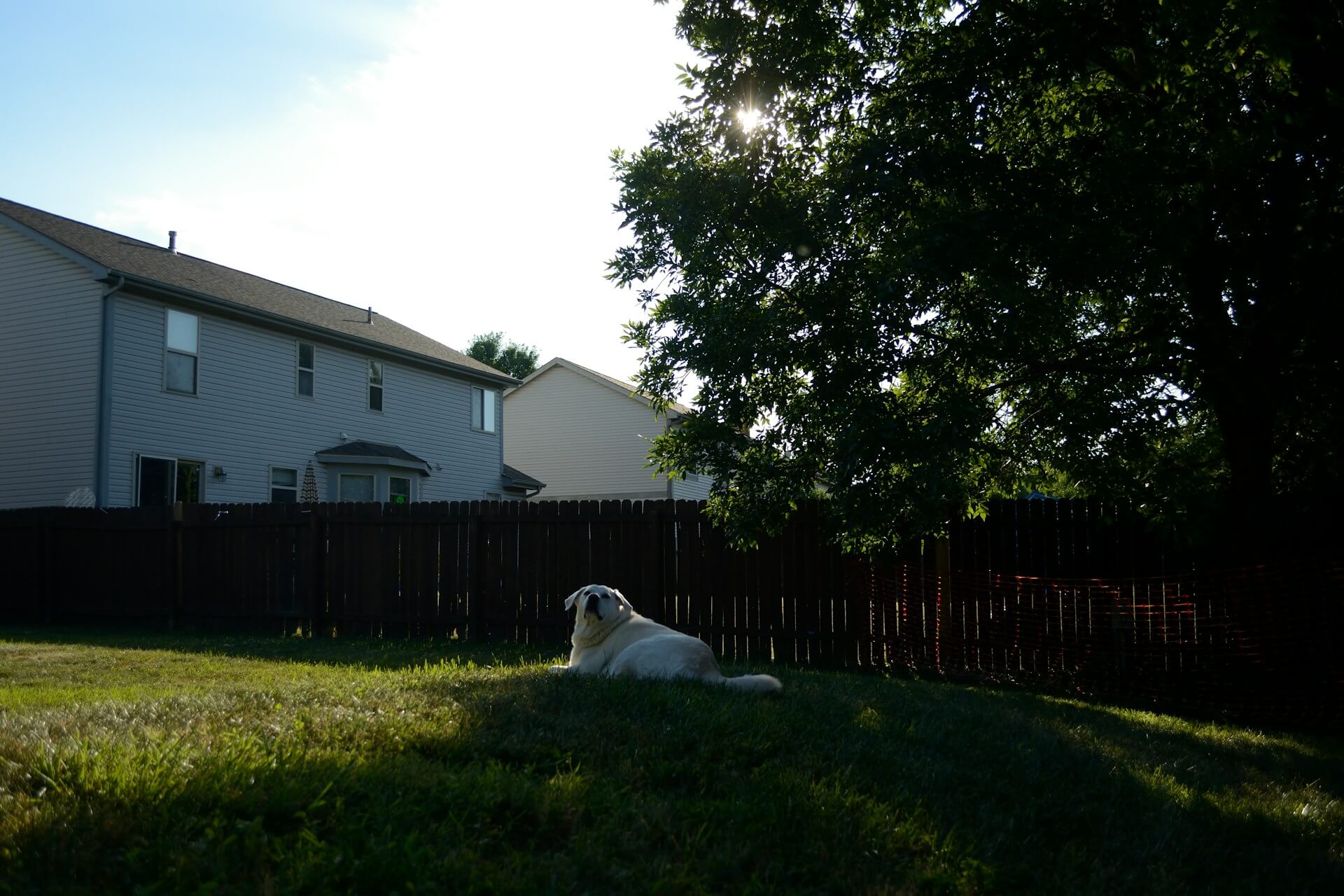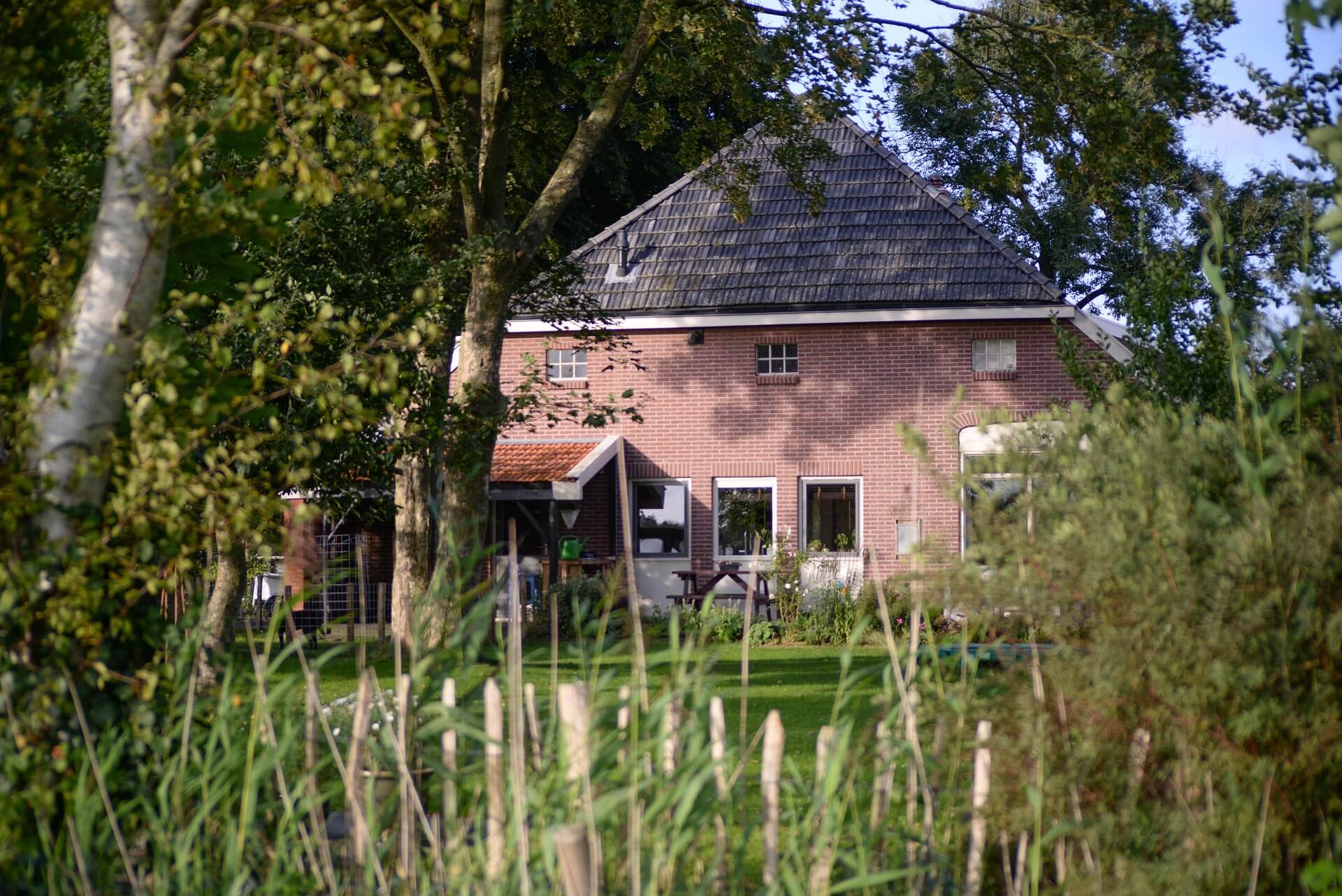
How High Can Your Garden Fence Be? A Complete Guide to Building a Fence in the UK
If you’re thinking about upgrading your garden’s privacy or security with a new fence, it’s essential to understand the regulations around fencing—from legal height limits and planning permission rules to dealing with neighbours and local council requirements. In this guide, we cover everything homeowners need to know before embarking on a fence-building project. Equipped with this knowledge, you will be able to create your ideal outdoor space while staying compliant with UK laws and avoiding disputes with neighbours.
Things to Check Before Building a Garden Fence
Jumping straight to installing your garden fence without understanding the rules around fence ownership, maximum height, and planning permissions can land you in legal trouble. Here are a few things to consider before you start digging holes and setting up fence posts to ensure your project is compliant with local and building regulations:
Are You the Owner of Your Garden Fence?
Fence ownership is a surprisingly common source of confusion and conflict between neighbours, so knowing exactly where your property boundaries lie before installing new fence posts is crucial. You can check the boundary line and who owns the fence in your property’s title deeds. If the fence is shared, you’ll need your neighbour’s agreement before making any changes. Even if you’re the sole owner, it’s a good practice to speak to your neighbours before installing any fencing that might affect their light or view. If you’re agreeing to share fencing responsibilities or making changes to a shared fence, it’s a good idea to get the agreement in writing. This creates a clear record in case your neighbour sells their home or the ownership of the adjacent property changes in future.
What’s the Intended Placement of Your New Fence?
The placement of your fence determines its maximum height—fences installed next to a highway (or the footpath of a highway) cannot be higher than one metre from ground level without planning permission. If your fence isn’t adjacent to a public road, it can be higher, usually, up to two metres from ground level. This means that typically front garden fences tend to be lower than those at the sides or back of the property.
Is Your Property in a Conservation Area or a Listed Building?
If your home is within a conservation area or is a listed building, even fences within standard height limits may require permission. The rules are stricter because such buildings are protected to preserve their historical or architectural significance. In most cases, getting Listed Building Consent or Conservation Area Consent is necessary to make any alterations that may change their character. If you’re not sure whether your fencing plans fall within this category, it’s best to consult your local planning authority in advance. Any work carried out without consent can lead to legal issues.
Do You Need Planning Permission for a Garden Fence? Understanding Fence Height Rules in the UK
We strongly advise you always review your title deeds for any boundary ownership and covenants, also consult your local planning authority, especially if you’re close to any limits.
Before building or altering garden fences or walls, check whether planning permission is required—especially near public areas, front gardens, or boundary lines. Usually, garden fences are permitted development if they meet these conditions:
You generally DO NOT need permission if:
- The fence is no more than 2 metres high (including any trellis or topper).
- The fence is no more than 1 metre high next to a highway (including public roads, pavements, footpaths, or bridleways).
- Your property is not listed or located in a conservation area, national park, or similar protected zone.
You WILL likely need permission if:
- The garden fence is over 2 metres high from ground to top (including trellis).
- The fence exceeds 1 metre in height bordering a highway.
- Your property is listed or in a conservation area, Area of Outstanding Natural Beauty, or World Heritage Site.
- Your local authority has issued an Article 4 Direction removing permitted development rights.
Always check your title deeds for boundary ownership and covenants, and check your local council website or contact the local planning authority, especially near limits.

How to Apply for Planning Permission?
You can apply for planning permission to your Local Planning Authority through your local council. It’s also possible to submit your application online through the Planning Portal (England and Wales)
When applying, you need to provide detailed information about your fencing plans (including height, fence placement, materials, etc.) and pay a planning fee. In some cases, you may also be charged a service fee. You can estimate the planning permission cost for your project by using the fee calculator available on the Planning Portal’s website.
Once your application is approved, you can proceed with your fencing project. If it’s refused, you may need to revise your plans or appeal the decision.
Can Your Local Council Impose Stricter Limits on Maximum Fence Height?
Your local council or planning authority is responsible for enforcing fence height regulations and granting planning permissions. Local authorities can also implement additional rules that restrict homeowners’ permitted development rights in the area by introducing Article 4 Directions.
High Quality Fencing Solutions From Timberstore
If you’re looking for high-quality fencing solutions to enhance the privacy of your garden and improve your property’s kerb appeal, you’ll find them at Timberstore. Our offer includes everything from fence posts and fance panels to fencing supplies, tools and aggregates too, so you can buy everything you need for your new fence in one place. We use carefully selected timber, as well as tried and tested manufacturing methods, to provide durable products at the best price. Check out our offer online, and if you have any questions, please contact us. We’ll be happy to assist with your next fencing project!
Garden Fencing FAQ
How High Can a Garden Fence Be Between Neighbours?
There is no specific rule that states how high a fence between neighbouring properties should be. However, if you want to build a high fence (one that exceeds the height of 2 metres allowed by permitted development rights), you’ll need to apply for planning permission. It may also be a good idea to discuss your plans with your neighbours to avoid potential disputes.
Can I Put Up an 8-foot Fence in the UK?
An 8-foot fence exceeds the usual maximum fence height of 2 metres allowed under permitted development rights in the UK. To build a fence of that height, you must obtain planning permission.
What Can I Do if My Neighbour’s Fence is Too High?
If you have concerns about the height of your neighbour’s fence, you can address this issue directly with them. This is the best step to maintain a friendly relationship. However, if no resolution can be reached, you can contact your local authorities. They may investigate and, if the fence exceeds the legal height without planning permission, order it to be altered or removed.
Are Trellis Toppers Included in the Maximum Height for Your Fence?
Yes, trellis toppers count toward the overall fence height. This means that adding a trellis topper to a fence that’s already 2 metres high requires planning permission.